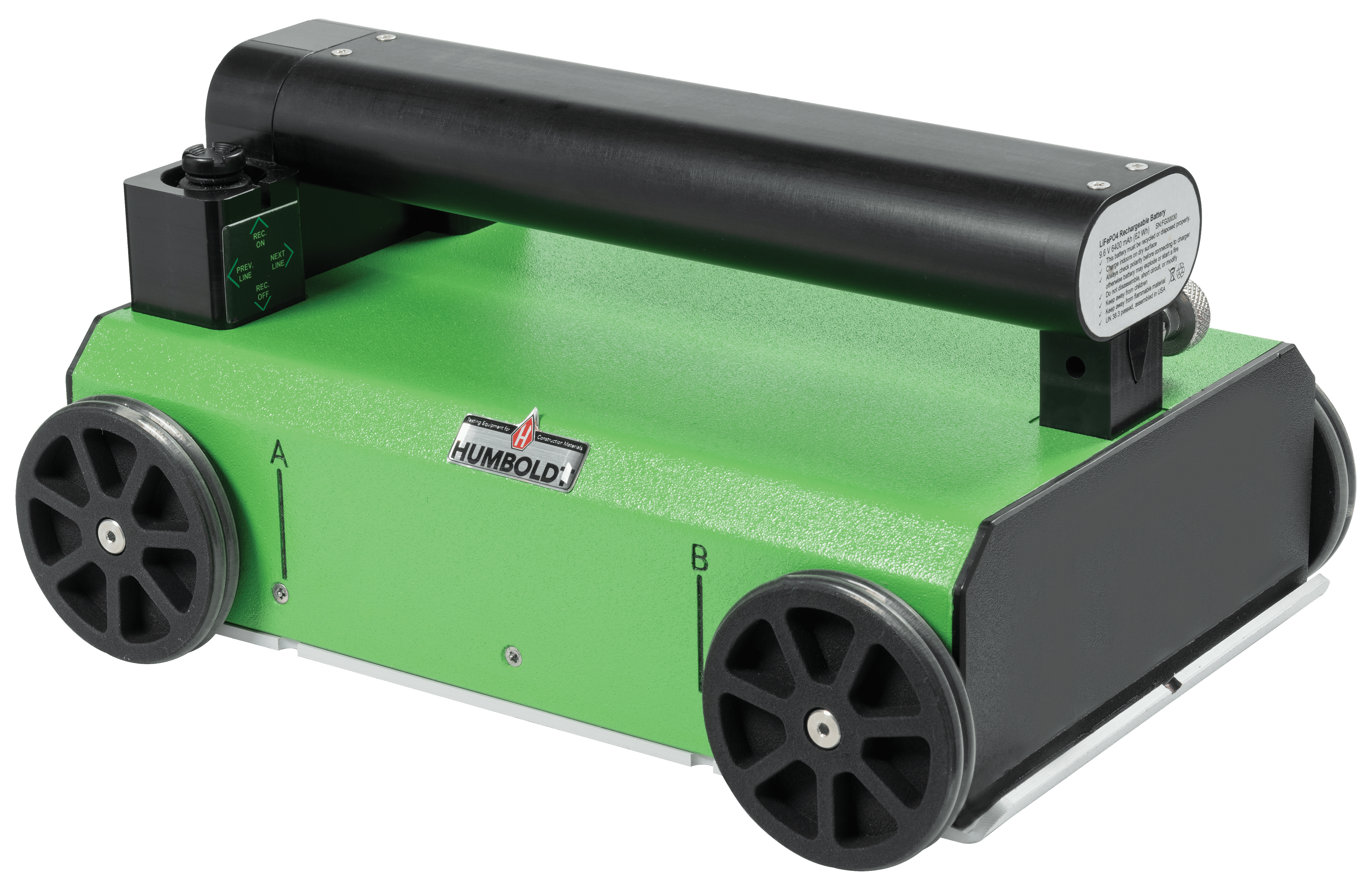Find RainierGPR Service Areas Near You for Specialist Concrete Scanning
Find RainierGPR Service Areas Near You for Specialist Concrete Scanning
Blog Article
Enhancing Job Planning and Implementation Via Advanced Concrete Scanning Methods
In the world of project planning and execution, foresight and precision are essential elements that can make the difference in between success and problems. Advanced concrete scanning methods have arised as a sophisticated tool established to raise the standards of job monitoring within the building and construction industry. By harnessing innovative technology, these methods offer a peek into the architectural integrity of a building also prior to the first brick is laid. The implications of such improvements are extensive, promising a standard shift in just how tasks are come close to and delivered.
Benefits of Advanced Concrete Scanning Strategies

Improved Precision in Project Analyses
Enhancing project analyses with innovative concrete scanning methods significantly improves the accuracy and dependability of building and construction examinations. By employing cutting-edge scanning innovations such as ground-penetrating radar (GPR) and 3D imaging, task groups can now get in-depth understandings right into the problem of concrete frameworks, determining potential problems or weaknesses that may not be noticeable to the naked eye. This improved degree of precision in task analyses enables building and construction specialists to make more informed choices regarding fixing and upkeep strategies, resulting in boosted general job results.
Moreover, the enhanced accuracy in task analyses accomplished via advanced concrete scanning strategies assists in reducing the risk of unforeseen issues throughout the building phase. By proactively finding concealed anomalies within concrete structures, such as rebar corrosion or voids, project groups can attend to these problems at an early stage, preventing pricey delays and revamp later in the task lifecycle. Inevitably, the enhanced accuracy in job evaluations facilitated by advanced concrete scanning techniques adds to greater effectiveness, cost-effectiveness, and quality in construction tasks.
Very Early Identification of Structural Difficulties
Early detection of architectural challenges plays a vital duty in making certain the honesty and safety and security of concrete structures throughout the construction procedure. Identifying possible problems at a beginning enables timely intervention, stopping pricey rework, schedule hold-ups, and safety hazards. Advanced concrete scanning techniques, such as ground-penetrating radar (GPR) and 3D imaging, enable job groups to discover covert defects, gaps, support format discrepancies, and other anomalies that can endanger the structure's stability.
By carrying out these techniques throughout the planning and execution stages, construction professionals can proactively resolve structural challenges prior to they intensify right into major problems. For instance, identifying poor concrete cover over support bars early on can avoid deterioration and structural weakening in the future - RainierGPR Service Areas. Moreover, recognizing variants in concrete density or density can aid maximize material use and ensure consistent stamina homes across the framework

Inevitably, very early identification of structural difficulties through advanced concrete scanning not just boosts the general quality and sturdiness read here of the construction yet also contributes to a safer built setting for customers and owners.
Improved Precaution in Construction
The execution of durable safety and security methods is critical in the construction industry to minimize dangers and safeguard the health of stakeholders and workers. Building sites are inherently hazardous atmospheres, with prospective threats varying from drops and tools breakdowns to architectural failings. To boost precaution, building navigate to this site and construction business are increasingly taking on technical innovations such as wearable tools that keep an eye on employees' important signs and discover prospective health concerns in real-time. Additionally, making use of drones for site monitoring permits for routine security assessments without putting personnel in damage's means. Security training programs have actually additionally developed to include digital reality simulations that provide hands-on experience in taking care of emergency scenarios. In addition, the combination of expert system in safety and security monitoring systems makes it possible for proactive identification of prospective threats, enabling timely treatments. By focusing on security through the incorporation of advanced innovations and extensive training programs, construction tasks can dramatically lower accidents and produce a protected workplace for all involved - RainierGPR Service Areas.
Streamlining Task Administration Processes
To optimize functional efficiency and make sure task success in the building and construction industry, an emphasis on enhancing project monitoring procedures is essential. By applying effective job monitoring processes, building and construction jobs can minimize hold-ups, minimize costs, and improve general performance. One vital facet of enhancing job administration is using advanced innovations such as Building Details Modeling (BIM) software program, which allows real-time cooperation, clash discovery, and exact task organizing. In addition, the fostering of cloud-based job administration platforms permits for seamless communication click to read among group participants, instant access to job data, and the capacity to track development in real-time.

Final Thought
To conclude, the application of innovative concrete scanning methods offers various benefits for job planning and implementation. These methods offer better precision in task analyses, early recognition of structural difficulties, boosted security steps in building, and structured project management processes. Incorporating these techniques right into job workflows can ultimately cause a lot more effective and successful end results in building and construction projects.
Ultimately, the boosted accuracy in task assessments facilitated by advanced concrete scanning strategies contributes to greater performance, cost-effectiveness, and quality in construction jobs. RainierGPR Service Areas.
To maximize operational efficiency and make sure project success in the building and construction market, an emphasis on enhancing project monitoring procedures is essential. By carrying out efficient project management procedures, building tasks can lessen hold-ups, decrease prices, and enhance general performance. By improving job management procedures with technology assimilation, clear interaction, and data-driven approaches, building and construction jobs can accomplish better effectiveness, cost-effectiveness, and successful end results.
These strategies provide better accuracy in task assessments, very early recognition of architectural challenges, improved security procedures in construction, and structured project monitoring procedures.
Report this page